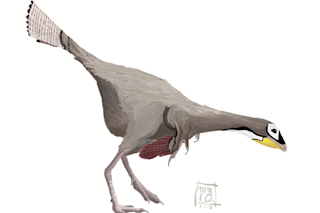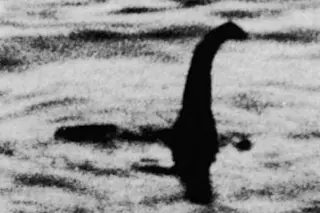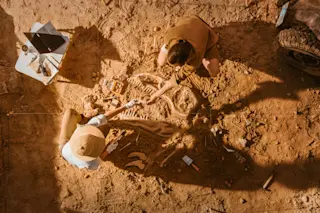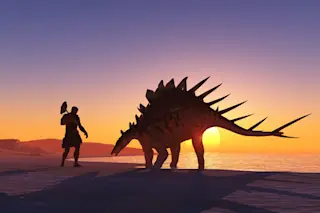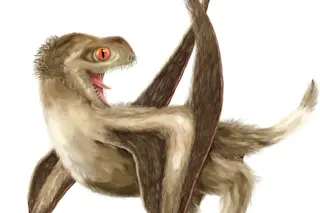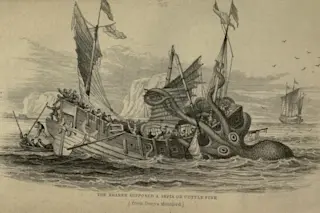The question of whether dinosaurs were warm-blooded or cold-blooded is one of the most enduring in palaeontology. Did they generate their own body heat like today's mammals; was their temperature more influenced by their environment like today's reptiles; or did they use a mixture of both strategies? Scientists have put forward a slew of arguments for all of these alternatives, but Herman Pontzer from Washington University has a new take on things which suggests that many dinosaurs were indeed warm-blooded.
Based on our knowledge of living animals, Pontzer worked out the energy that 14 dinosaur species would have used while walking or running. His model reveals that these ancient reptiles would have needed more energy than a cold-blooded physiology could supply. Their metabolic demands were within the range of modern warm-blooded animals like mammals and birds, which can keep up their physical activity for far more time than their cold-blooded ...



